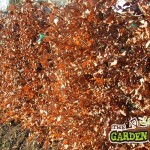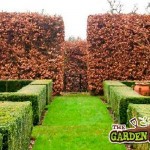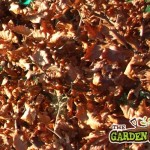Once you have planted your beech hedging you need to keep in mind that there will be some maintenance during the first and second summer to ensure the best start and quick establishment of your hedge
- Beech Hedging
- Yew & Beech Heging
- Copper Beech
If planted right, 99% of your bareroot plants should grow and sprout new foliage by late April, after that a little bit of care is needed to keep your hedging heading in the right direction. Below is a list of what you should do and when you can do it
Watering your beech hedging
This is all weather dependent, and if we have a dry summer then you could be in for a lot of work. In the past 5 years our summers have been mixed, but there always a period during these months where manual watering will be required. If you don’t have an irrigation system set up in your garden, then you will need to water your hedging every 2nd day. When watering it is key to soak the plants well and not just wet the ground surface. Water needs to penetrate down to the plant’s roots so you will require about 5 to 10 litres per plant
Watering directly after planting
Even though you have soaked your plants prior to planting, you should again water the plants directly after planting. This will help the plant to settle into the soil and for the roots and soil to mix and bind together better
Weeding is key to success.
Too often we see healthy young beech hedging getting smothered out by weeds. This will eventually happen if you don’t beat the weeds to it. The first step is to put down weed suppressant membrane. Next you will need to weed at least on 3 occasions each year. The less often you weed the worse the weeding will be and the slower your hedging will grow. If weeds are not removed they will take essential nutrients and water from your hedging leading to stunted growth. Years of growth can be lost due to insufficient weeding meaning your hedge will take even longer to form. The best time to weed is in mid-March, mid-June and September
Feeding
This depends on your soil and most hedges will not get any sort of feeding and yet will still develop into a healthy hedge in time. But, if your soil is poor or you just want to boost and encourage growth rates then you should consider feeding. The best time to feed is in early spring and this means your beech can benefit from the nutrients all summer long. Choose a feed high in phosphorous for good root development and as the hedge matures you can focus on a plant food high in nitrogen to encourage a fuller canopy


